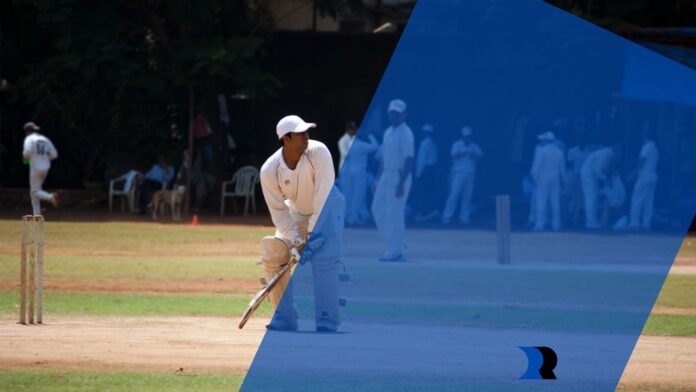The game has accomplished the situation with a public game in England. The primary club was coordinated in Hambledon during the 60s. Then the focal point of the game turned into the capital of the state – here, the grounds were assembled, and new clubs were opened.
In this way, in 1787, the Marylebone Cricket Club was established, which, a year after the fact, supported new standards of the game. England was a pioneer power, so its public game before long covered the nations – states: Australia, India, Pakistan, Bangladesh, Sri Lanka, and others.
National teams appeared in Namibia, Zimbabwe, Kenya, Canada, and the Caribbean. In 1900, https://cricket-cup.com/ entered the Olympic program but did not stay there for long. As there were only two teams represented at the Games – English and French – the sport was dropped from the Olympic list due to insufficient competition.
Basic Elements of the Match
To understand the essence and nuances of the game, it is necessary to know the structure of Cricket:
- Fallow-on. If the team batting second gets fewer runs than the first team, the first team has the right to request a foul-on, i.e., to force the opponent to start the innings again as a batter. The standard pattern of the match is first-to-second-to-first-to-second.
- Start and end of the game. The start of the match is signaled by the umpire’s signal “Play,” and its termination follows the command “Time.” At the same time, in the last hour of the game must enter at least 20 overs, otherwise, the time is extended.

- Breaks. Teams may rest for 10 minutes between innings. In the case of long matches, breaks for lunch, tea, and water breaks are allowed. The duration of these breaks is agreed in advance with the umpires.
- Practice on the field. According to cricket rules, players are not allowed to practice pitching on match days. The penalty for violation will be the removal of the player.
- Scoring. For a successful run by a batsman, the team gets 1 run. Additional points are awarded for the loss of the ball by the opponent, the projectile going out of the pitch boundary, and some violations of the rules by the opponents.
Ranking Competitions
To date, several formats of official cricket tournaments can be distinguished:
- Test cricket. This is a format of large commercial tournaments among national teams at the top of the international cricket rankings. Teams compete for a special prize in a series of matches.
- Limited overs cricket. The most common form of holding is a one-day match. Its duration is limited to a certain number of overs. The International Cricket Champions League was held according to this format.
- National Championships. Official regional team competitions.
History of the Popularization of Cricket
Contrary to the majority opinion, the ancestors of this game are officially considered to be the English, who invented Cricket back in the 16th century. However, many historians disagree, arguing that the progenitor of Cricket is the game “crick,” which was popular in the 14th century in the territory of the modern Netherlands. In addition, similar games in France and several other European countries date from a similar period.

The first official certification of cricket dates back to 1598. The game became known from a lawsuit to the coroner’s court by John Derrick, who testified about playing Cricket as part of the Guildford Free School team.
The sport was originally a children’s pastime that was popular in English villages. In the early 17th century, local tournaments began to be held, and at the end of the century, Cricket was massively developed. In the south of England, not only cricket clubs began to appear, but also special bookmakers’ offices accepting bets on this sport.


